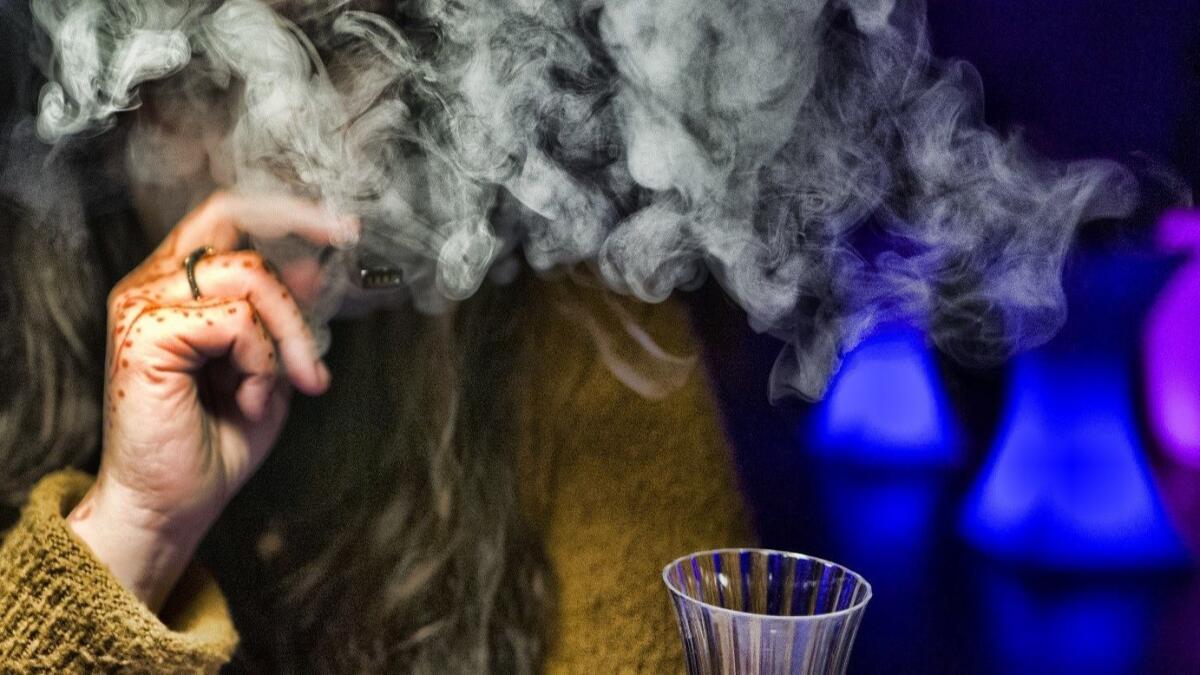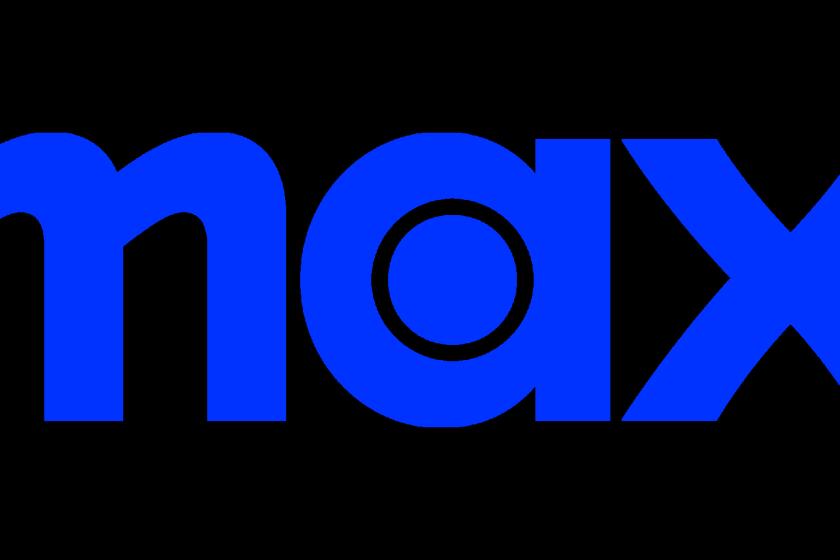Weed coming on too strong? Dosing is intended to give vapers control over their cannabis

- Share via
A Colorado startup says it’s solved one of the emerging problems in the legal cannabis industry: how to get the dose exactly right.
Gofire Inc., based in Denver, is raising $5 million in a round that values the company at almost $30 million, according to Chief Executive Officer Peter Calfee. Its product is a high-end vaporizer, backed by patents, that will retail for $499. It doles out a precise amount of marijuana oil — 2.5 milligrams — that is heated, turned into vapor and inhaled.
With legal access to cannabis spreading, the marijuana industry is trying to demystify and rebrand the drug in a bid to broaden its reach beyond established stoners. Dosing has become a hot topic, part of the pitch to the inexperienced cannabis consumers who are starting to visit dispensaries to buy the potent weed that’s available these days.
As the thinking goes, the soccer mom swapping chardonnay for a vape pen as she tries to unwind doesn’t have four hours to spend locked to the couch, so she needs a way to control how much marijuana she’s consuming.
Vaporizers, including disposable pens, are becoming more popular in legal cannabis markets, because they’re discreet and generally deliver a lighter dose, which is increasingly becoming part of the marketing pitch.
Getting the dose right isn’t unique to marijuana. Drinkers have been overindulging for about as long as alcohol has existed, and it’s pretty easy to have too much wine and embarrass yourself at the office party.
The difference, industry observers say, is that more and more consumers with little to no cannabis experience are coming into the market, and they don’t know much about the products or their tolerance. And although most drinkers learn their limits, weed can be more unpredictable. The concern is that new consumers will be turned off by a bad experience, much like what happened with Maureen Dowd.
The New York Times columnist ate too much of a cannabis chocolate bar during a visit to Colorado in 2014 and spent the next eight hours paranoid and hallucinating in her hotel room.
“When you give a kid Benadryl, you don’t just give them the bottle and say swig it,” says Gunner Winston, a hedge fund veteran who now runs Dosist, a Santa Monica company that makes vape pens. “There needs to be control — without that, it can be scary.”
Increasingly, cannabis consumers are moving away from flower, the industry’s preferred term for actual bud. In 2018, vapes accounted for 20% of the marijuana sales in Colorado, Nevada, Washington and California, according to the cannabis data firm Headset. That was up from 10% the prior year.
Dosist is one of the best-known brands of vape pens in California, the world’s largest pot market. The sleek white devices are disposable, and one containing marijuana oil for 200 doses sells for $100. The product buzzes and shuts off after the user inhales for about three seconds, doling out 2.25 milligrams of weed.
Going to a dinner party? Maybe one puff is enough. Relaxing with Netflix on Friday Night? That could be a double-dose occasion.
“The idea is to take the guesswork out of cannabis,” Winston says.
High-end vaporizers are nothing new. Storz & Bickel, a popular brand sold at dispensaries, makes a device called the Volcano Digit that sells for $599, while a portable version, called Mighty, goes for $349. Heavy users have long seen vaporizers, which heat but don’t burn marijuana, as a safer way to consume cannabis.
Pax Labs, which split from the e-cigarette company Juul, makes a popular cannabis vaporizer that first hit the market in 2012. Its latest, fully outfitted model, PAX 3, costs $250 and can be used with a mobile app that lets the user set the temperature to heat the marijuana and choose from settings — micro, small, medium and large — that control “draw strength.”
“People want to get exactly the right feel,” says Bharat Vasan, Pax’s chief executive officer. He compared different temperature settings to a drinker choosing among a shot, a beer or a glass of wine. “They want that predictability and control.”
More to Read
Inside the business of entertainment
The Wide Shot brings you news, analysis and insights on everything from streaming wars to production — and what it all means for the future.
You may occasionally receive promotional content from the Los Angeles Times.










